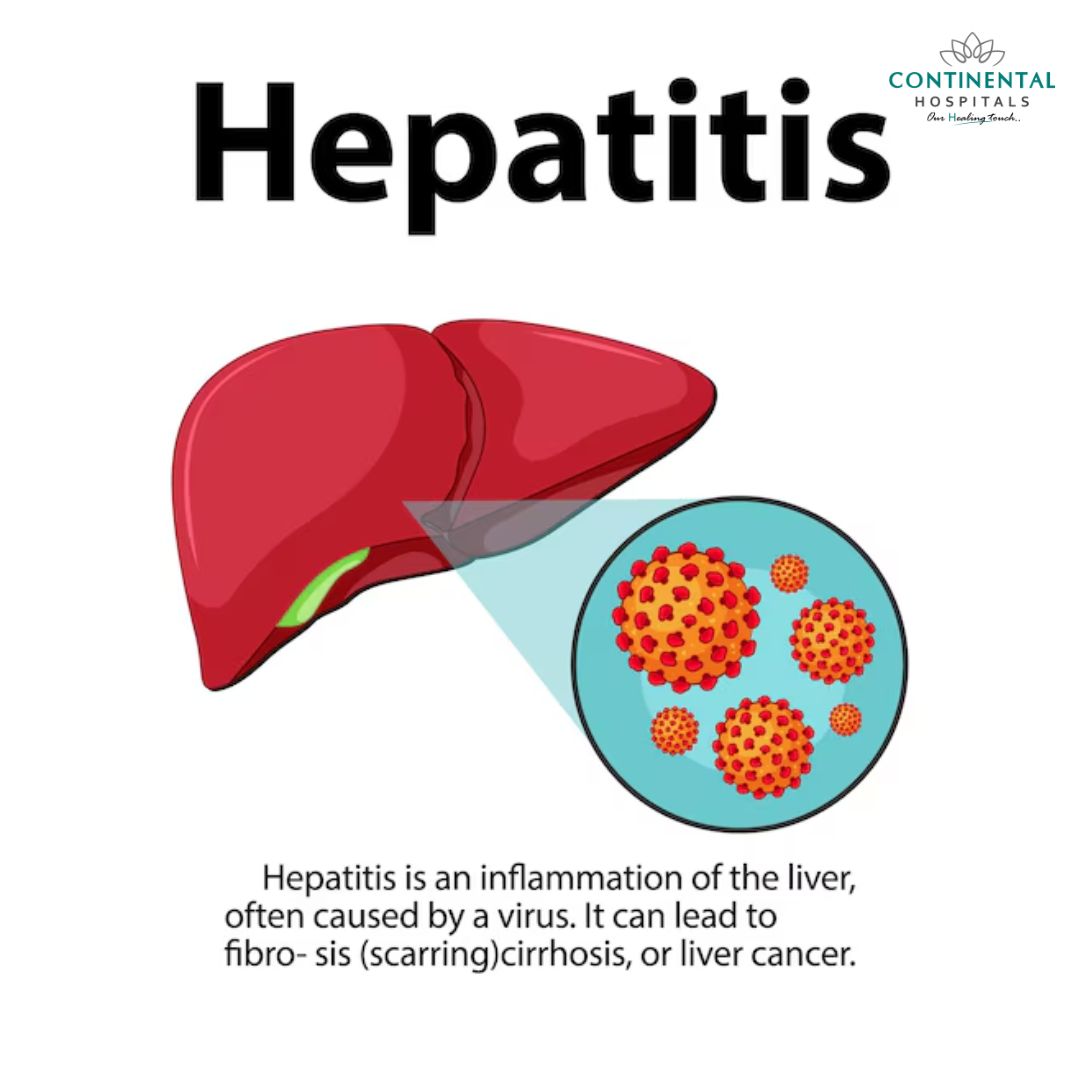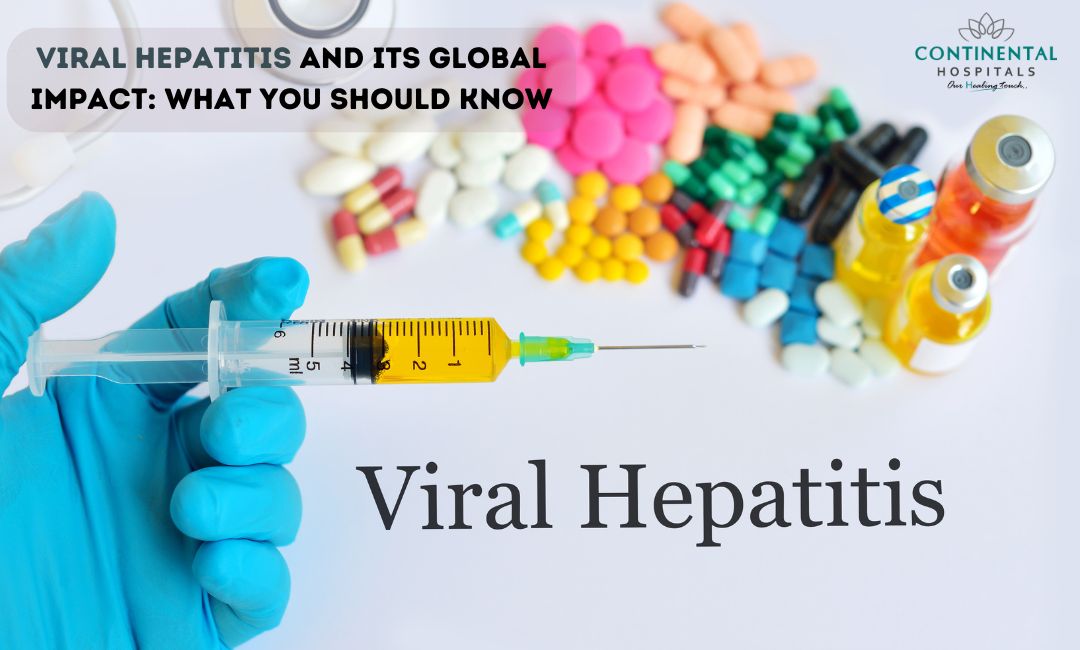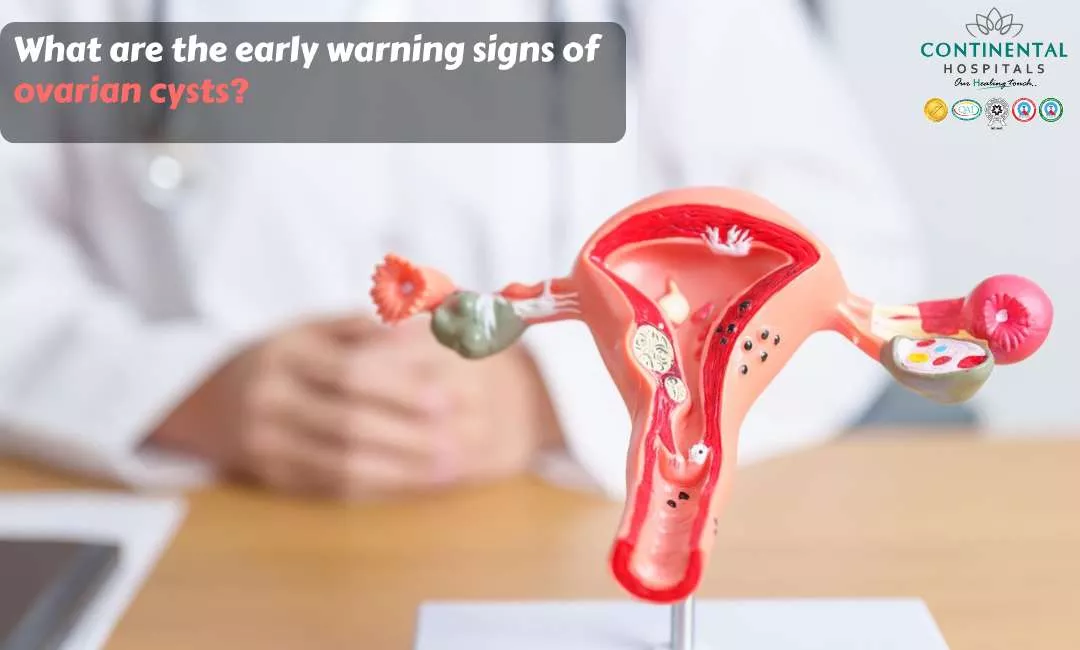Viral hepatitis is a significant global health issue that affects millions of people worldwide. It encompasses several types of hepatitis viruses, each impacting the liver differently. Understanding the scope of this problem and its specific effects in India can help us take better preventative and treatment measures. This blog provides an overview of viral hepatitis, its global and Indian-specific impact, and available treatment options.
What is Viral Hepatitis?
Viral hepatitis is an inflammation of the liver caused by different types of hepatitis viruses. The most common types are Hepatitis A, B, C, D, and E. Each type is transmitted differently and has varying effects on the liver.
Hepatitis A: Usually spread through contaminated food or water. It often leads to acute illness but is typically not chronic.
Hepatitis B: Transmitted through contact with infectious body fluids. It can lead to chronic liver disease and increase the risk of liver cancer.
Hepatitis C: Spread primarily through blood-to-blood contact. It is often asymptomatic until it causes significant liver damage.
Hepatitis D: Only occurs in those infected with Hepatitis B. It worsens the effects of Hepatitis B.
Hepatitis E: Transmitted via contaminated water. It can be severe, especially for pregnant women.

Global Impact of Viral Hepatitis
Globally, viral hepatitis remains a major health concern. According to the World Health Organization (WHO):
- Hepatitis B: Approximately 296 million people are living with chronic hepatitis B worldwide. It causes around 820,000 deaths each year due to complications like liver cirrhosis and cancer.
- Hepatitis C: An estimated 58 million people are infected with hepatitis C globally. It leads to about 290,000 deaths annually from liver-related diseases.
- Hepatitis A and E: These are common in areas with poor sanitation. Hepatitis A affects around 1.4 million people each year, while Hepatitis E affects 20 million people annually.
The burden of these diseases is significant, especially in low- and middle-income countries where access to healthcare and preventive measures can be limited.
Impact of Viral Hepatitis in India
India faces a considerable challenge with viral hepatitis due to its large population and varying healthcare access. The Indian Council of Medical Research (ICMR) reports:
- Hepatitis B: Approximately 40 million people in India are living with chronic hepatitis B. The disease contributes to a significant portion of liver cancer cases in the country.
- Hepatitis C: About 6 to 12 million people are estimated to be infected with hepatitis C in India. This infection is a leading cause of chronic liver disease and cirrhosis.
- Hepatitis A: It is prevalent in India, particularly in regions with inadequate sanitation. Epidemics can occur in areas with poor water quality.
- Hepatitis E: Common in regions with poor sanitation, Hepatitis E can cause outbreaks, particularly in areas with inadequate sewage treatment.
India has made progress in hepatitis control, but challenges remain, particularly with the diagnosis and treatment of hepatitis C and B. Efforts are ongoing to increase vaccination coverage, improve screening programs, and enhance public awareness.
Symptoms and Complications
The symptoms of viral hepatitis can vary. Some people may not experience symptoms until the disease has advanced. Common symptoms include:
- Fatigue
- Jaundice (yellowing of the skin and eyes)
- Abdominal pain
- Dark urine
- Loss of appetite
- Nausea and vomiting
If left untreated, viral hepatitis can lead to severe liver complications such as cirrhosis (scarring of the liver) and liver cancer. Early detection and treatment are crucial to prevent these outcomes.
Diagnosis and Treatment
Diagnosing viral hepatitis involves blood tests to detect the presence of hepatitis viruses and assess liver function. Once diagnosed, treatment varies depending on the type of hepatitis:
Hepatitis A: Typically, supportive care is provided. Vaccination is available to prevent future infections.
Hepatitis B: Antiviral medications can help manage chronic hepatitis B and reduce the risk of liver damage and transmission. Vaccination is effective in preventing infection.
Hepatitis C: Direct-acting antiviral (DAA) medications can cure most cases of hepatitis C. Early treatment is essential to prevent long-term liver damage.
Hepatitis D: Managing hepatitis D involves treating hepatitis B. There is no specific treatment for hepatitis D itself, but antiviral therapy for hepatitis B can help control it.
Hepatitis E: There is no specific antiviral treatment for hepatitis E. Supportive care is usually sufficient, though pregnant women may require more intensive management.
Treatment Options at Continental Hospitals
Continental Hospitals in Hyderabad offers comprehensive care for viral hepatitis, including advanced diagnostic and treatment options. The hospital's expert team can provide:
Hepatitis Screening and Diagnosis: Accurate and timely diagnosis through advanced testing.
Hepatitis B and C Management: Access to the latest antiviral medications and treatment regimens.
Vaccination Services: Vaccines for hepatitis A and B to prevent infection.
Comprehensive Care: Supportive care to manage symptoms and complications associated with hepatitis.
Conclusion
Viral hepatitis remains a significant global and national health challenge. Understanding the impact and available treatment options is crucial for managing and preventing this disease. By staying informed and seeking timely medical care, individuals can protect their liver health and overall well-being.
If you or someone you know is at risk or experiencing symptoms of viral hepatitis, please consult our best gastroenterologist at Continental Hospitals.
Related Blogs:
.webp)














